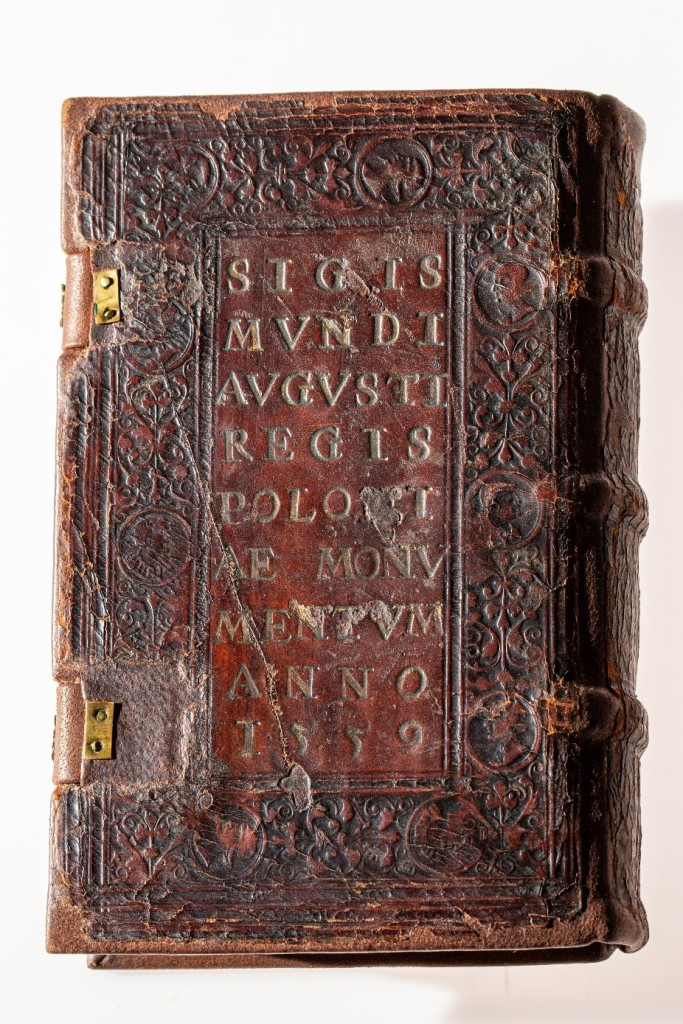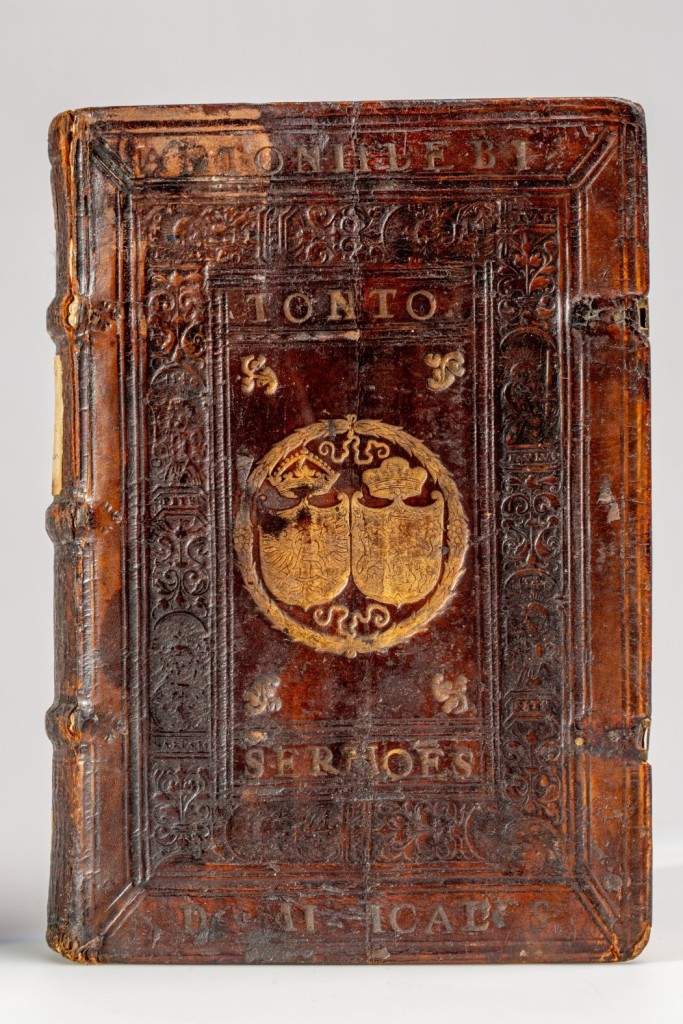By Laura Kreigere-Liepiņa, (Researcher of the Early Modern period prints and rare book collections)
This summer, owing to the unique opportunity offered by the CERL 2023 Internship and Placement Grant, I visited one of CERL libraries in Wrocław – the Ossoliński National Institute Library (Polish: Zakład Narodowy im. Ossolińskich, ZNiO), where I worked on early printed books and provenance information in the books held in this library collection.
Brief historical background of the Library
The Ossoliński National Institute (popularly called Ossolineum) was founded by a Polish nobleman, Count Józef Maksymilian Ossoliński (1748-1826), whose bust stands in the Institute’s beautiful courtyard. Interestingly, the Institute was founded in 1817 in Lwów (now Lviv), but after World War II in 1947, part of the salvaged collection was transferred to Wrocław. The Ossolineum’s library belongs to the oldest and most valuable collections in Poland. Over the centuries, book collections from various noble families have been brought here. Today, the Institute houses periodicals, various printed items, microfilms, incunabula, manuscripts, a rich coin collection, seals, paintings, etc. The central core of the Institute’s collection is Józef Maksymilian Ossoliński’s precious private collection. He also persuaded another Polish nobleman, Prince Henryk Lubomirski (1777-1850), to donate a rich collection of artwork and objects from the Lubomirski Museum to the Ossolineum Institute. The collection included early printed books which bear Prince Lubomirski’s provenance marks.
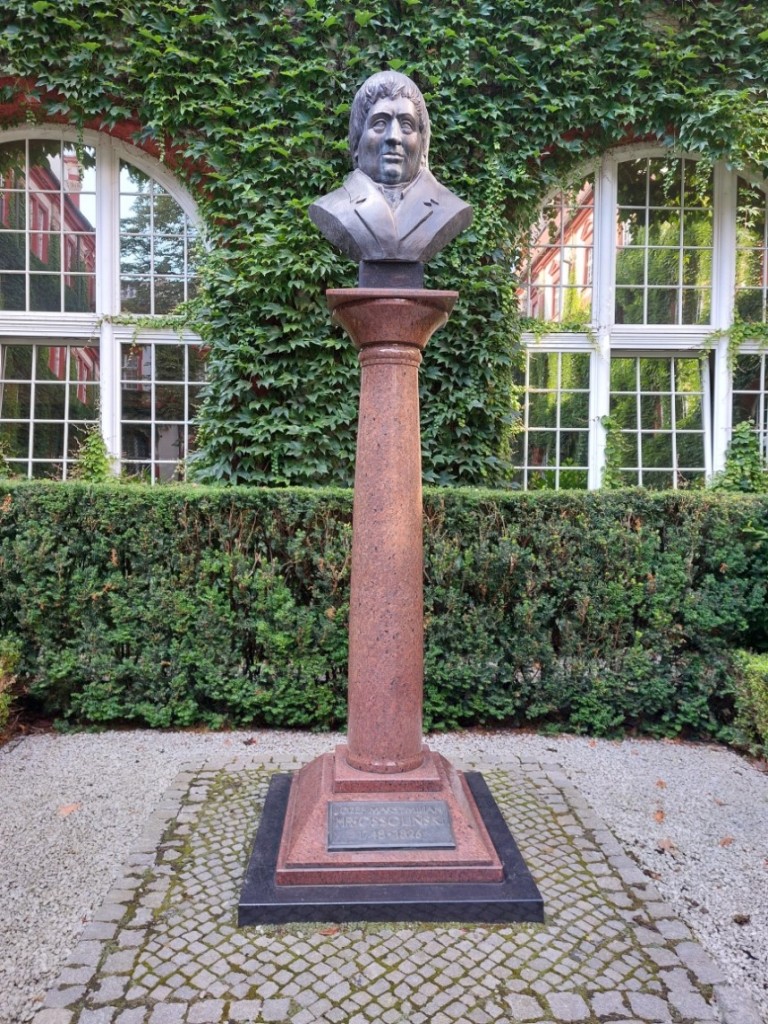
in the courtyard of the Ossoliński National Institute.
The Early Printed Books Department at Ossolineum holds about 70,000 books, including ca. 400 incunabula from monasteries and private collections. It holds such rarities as 15th-century editions of Ptolemy’s Cosmography (Ulm 1482, 1486), La Commedia by Dante (Florence 1481), Horae ad usum Parisiensem (Paris 1499) printed on parchment, the first edition of Nicolaus Copernicus’ famous work “De revolutionibus orbium coelestium” (Nuremberg 1543), books bound in silver (e.g. a spiritual hymn book for Protestants in Baroque binding with floral motifs), first editions of Renaissance Polish works by Jan Kochanowski, Mikołaj Rej, Andrzej Frycz Modrzewski, rare editions of Catholic literature from monastic libraries in Poland and Ukraine, and many others.
The Ossoliński National Institute is housed in a former monastery, later a Catholic school for boys which ceased to exist in 1945. Today, the impressive Baroque building stands in the heart of Wrocław, in a picturesque location near Tumski Island (Ostrów Tumski), by the Odra River, close to the old University of Wrocław building and just off the maze of the Old Town streets. Church bells ring all around and trams clatter.
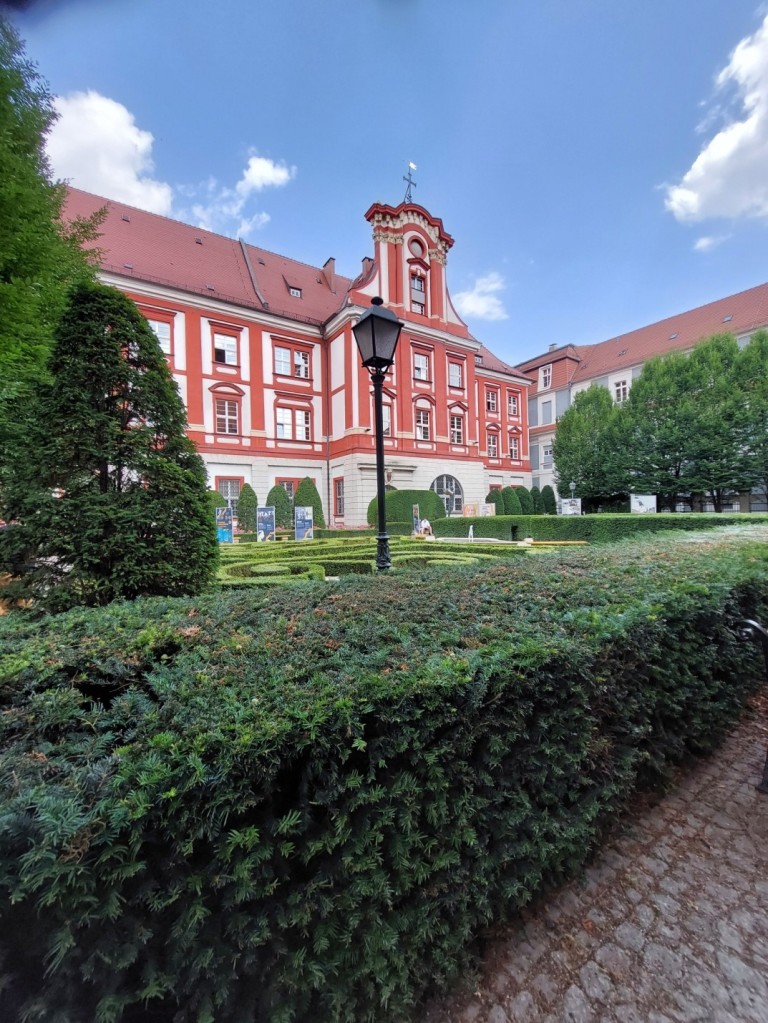
Work on the CERL Provenance Digital Archive
During my CERL internship, my task was to create provenance descriptions of inscriptions of the former owners, bookplates, stamps etc., found in the books stored at the Department of Early Printed Books of the Ossoliński National Institute, and to add these descriptions to the CERL Provenance Digital Archive or PDA. I think that many researchers and librarians may still be unfamiliar with this useful database. PDA is an online, freely available resource where researchers and libraries can describe provenance marks and add everything they consider a valuable clue in a particular book or manuscript. It could be an inscription, a binding, a note, an ex-libris or any other useful information on provenance. Adding an entry to the database is not difficult, although the item needs to be described as accurately and correctly as possible. This digital archive offers researchers a wide range of reference and learning opportunities.
My goal was to focus on the provenances of Jesuit colleges. I became interested in provenance research while I was involved in a project on reconstructing the book collection from the Jesuit College of Riga, which is now housed mostly in Uppsala University Library. The Jesuit books of Riga are a cultural heritage of Northern Europe, containing information about the former owners of books from Livonia, Poland, Lithuania, Germany and other places in Europe in the 16th and 17th centuries.
During my internship at the Ossolineum Library, I focused specifically on describing handwritten inscriptions of different Jesuit colleges and institutions. In total, I created 167 entries (17 provenances were found in incunabula, the rest in 16th-18th century early printed books). These were mostly book inscriptions of various more and less known Jesuit colleges operating in the territory of present-day Poland, Ukraine, Belarus and the Czech Republic in the 16th, 17th and 18th centuries. In addition to these records, books also contained evidence of other former owners, stamps or bookplates, and various individuals’ and institutions’ ownership marks. Spotting these records and entering them in the PDA enabled us to trace the historical path of each particular book. I hope that the descriptions I have created will help to identify typical inscriptions of Jesuit colleges in the books, with special attention to little-known Catholic congregations and monasteries in Poland, Ukraine and Belarus. Descriptions of records from other religious institutions and Catholic Order estates were also added, e.g. inscriptions from various Libraries of Basilian Monasteries, including the Library of Basilian Monastery in Lavriv.
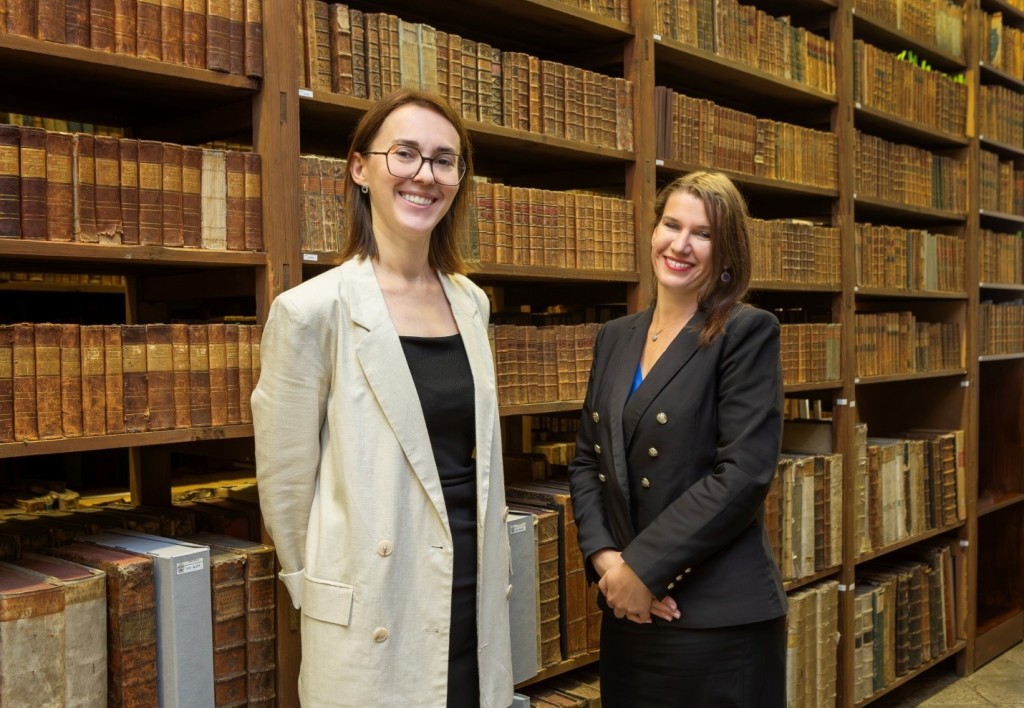
Aristocrats’ books in the collection
Evidence from the books reveals that Jesuit and monastic books were later acquired by Polish and Ukrainian noblemen[i], such as e.g. Prince Henryk Lubomirski, whose ex-libris and stamp decorate several Jesuit books. Most importantly, he donated his private collection to the Ossoliński National Institute.

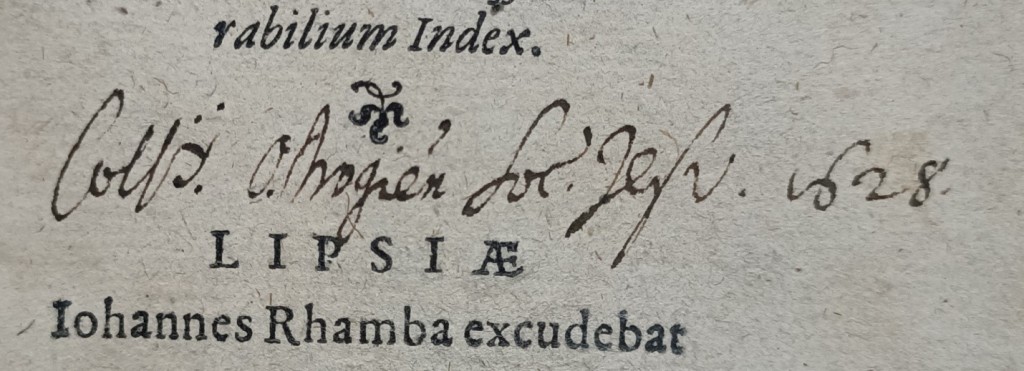
An important contribution to the Ossolineum Library came from the book collector Stanisław Wronowski (1733-1839). His books can be identified by the stamp bearing the initials S.W., crown and axe (Topór coat of arms) depicted on his family coat of arms, by the label-covered book spines and his family name initials in the corners of the book pages. The Department of Early Printed Books holds around 12,000 early printed books from Wronowski’s private collection.
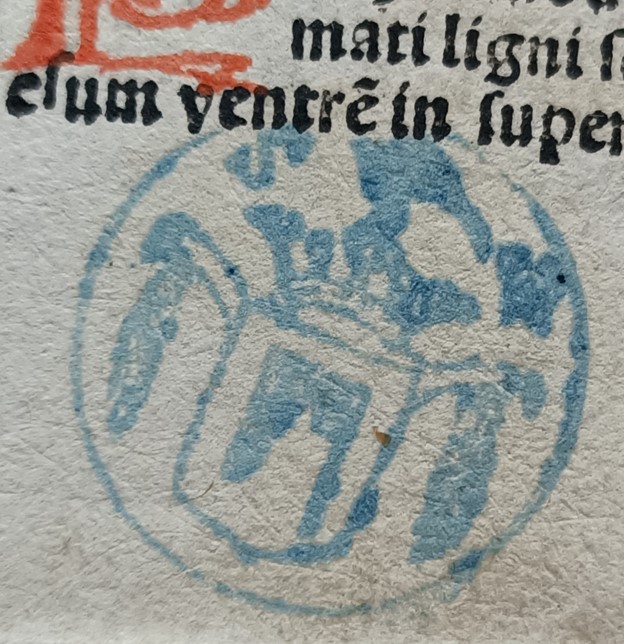
Another beautiful supralibros found in the Ossolineum library belonged to Count Zygmunt Czarnecki (1823-1908). The books from the Count’s library were probably brought to the Ossolineum from Lviv, where they were once owned by the Polish Baworowscy Library. The Ossolineum books include Zygmunt Czarnecki’s bookplates, supralibros and stamps.

The library belonging to the Polish King Sigismund Augustus (1520-1572) has always been interesting for bibliophiles and book historians, so I thought it was important to add the books adorned with the royal supralibros to the database. The books are bound in brown leather, with letters and images tooled in gold, which have faded slightly over time. The royal books usually have the inscription ‘Sigismundi Augusti Regis Poloniae Monumentum’ and the year in which the book was probably added to the library, usually placed on the back cover. The Ossolineum Library has different types of supralibros on King Sigismund Augustus’s books. For example, one represents two coats of arms, with two crowns on the top: a symbol of the Kingdom of Poland (an eagle and initial S on it) and a symbol of Lithuania (a mounted armoured knight). The other is a circle-shaped supralibros with two coats of arms, with a large crown on the top. Again, the coat of arms on the left represents the Kingdom of Poland (a crowned eagle), while the coat of arms on the right represents the Lithuanian monarchy (a mounted armoured knight). The circled inscription on the obverse reads: ‘Sigismvndvs Avgvstvs Rex Poloniae Magnus Dux Lithvaniae’.
Traces of books from Riga and Livonia in Wrocław
During my internship I tried to find provenances that could be linked with my homeland, i.e. the territory of present-day Latvia and formerly Livonia. Historical Livonia has little in common with Wrocław, yet the Ossolineum’s Early Printed Book collection contains a few works by the first Riga typographers, which are also well known in Latvia. During my research I accidentally came across a book bearing initials P.S.G.I.M.S., which in 1583 belonged to Petrus Schönbachius, probably from Livonia. According to provenance inscriptions, he gave the book to his friend, probably a Livonian Theology student from Riga Petrus Dessovius. The book contains several notes and ownership records, which could indicate how valuable and useful the book was for its owners. I failed to identify the book’s former owner Petrus Schönbachius, but perhaps some new evidence will come up in further research. While reviewing the Ossolineum’s lists of 16th-century former book owners, my attention was captured by a book by the extraordinary Catholic priest Reinoldus Gemekow (-1593). Part of his book collection had once belonged to Riga Jesuit College Library. Little is known about Gemekow, except that he was active in Tartu, Tallinn and Saaremaa, and was provost of Radostowo in the Bishopric of Warmia, from where he was expelled for concubinage. His books are typically full of notes, most often sentences in Latin, which make him and all his books an object of study about the history of the Catholic Church and the life of the clergy in the 16th century.
Personal note
A month at the Ossolineum Library went by all too quickly.
I am happy to have learned new methods for research and preservation of early printed books. I had the chance to get to know one of the oldest and most important rare books collections in Poland. What is more, I really hope that my contribution to the history of provenance research will be useful for bibliographers and researchers.
During my internship I gained work experience in a foreign country – I got to know Polish culture, lifestyle and history better. It was a great honour to work alongside wonderful Polish and Ukrainian colleagues with whom I could share experiences of research and librarianship in the Early Printed Book collections. I learned a lot from my Polish colleagues and enjoyed my time at the Ossoliński National Institute.

Working in different CERL databases has enriched my experience, while the skills I acquired will be useful in my future study on early printed books and provenances in Latvian cultural institutions. Early printed books in Latvian libraries are a significant part of the European cultural heritage, which owing to my internship I will now be able to research more extensively and in greater detail.
[i] More about provenances of the books at Ossolineum Library: Dorota Sidorowicz-Mulak. Kolekcja starych druków Zakładu Narodowego im. Ossolińskich i jej proweniencje. Książka dawna i jej właściciele = Early printed books and their owners : zbiór studiów. [T. 1]. 2017., s. 77-93.


